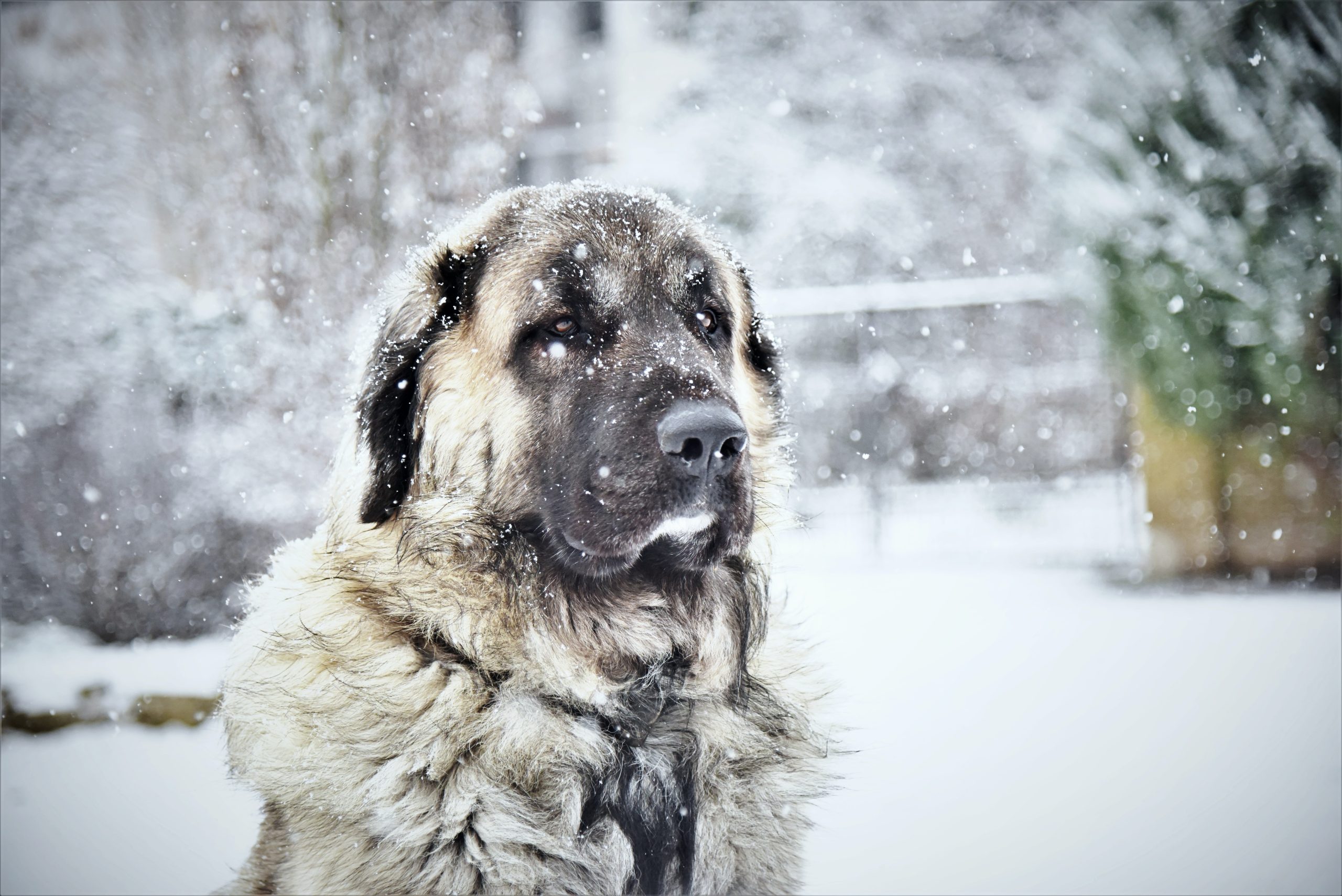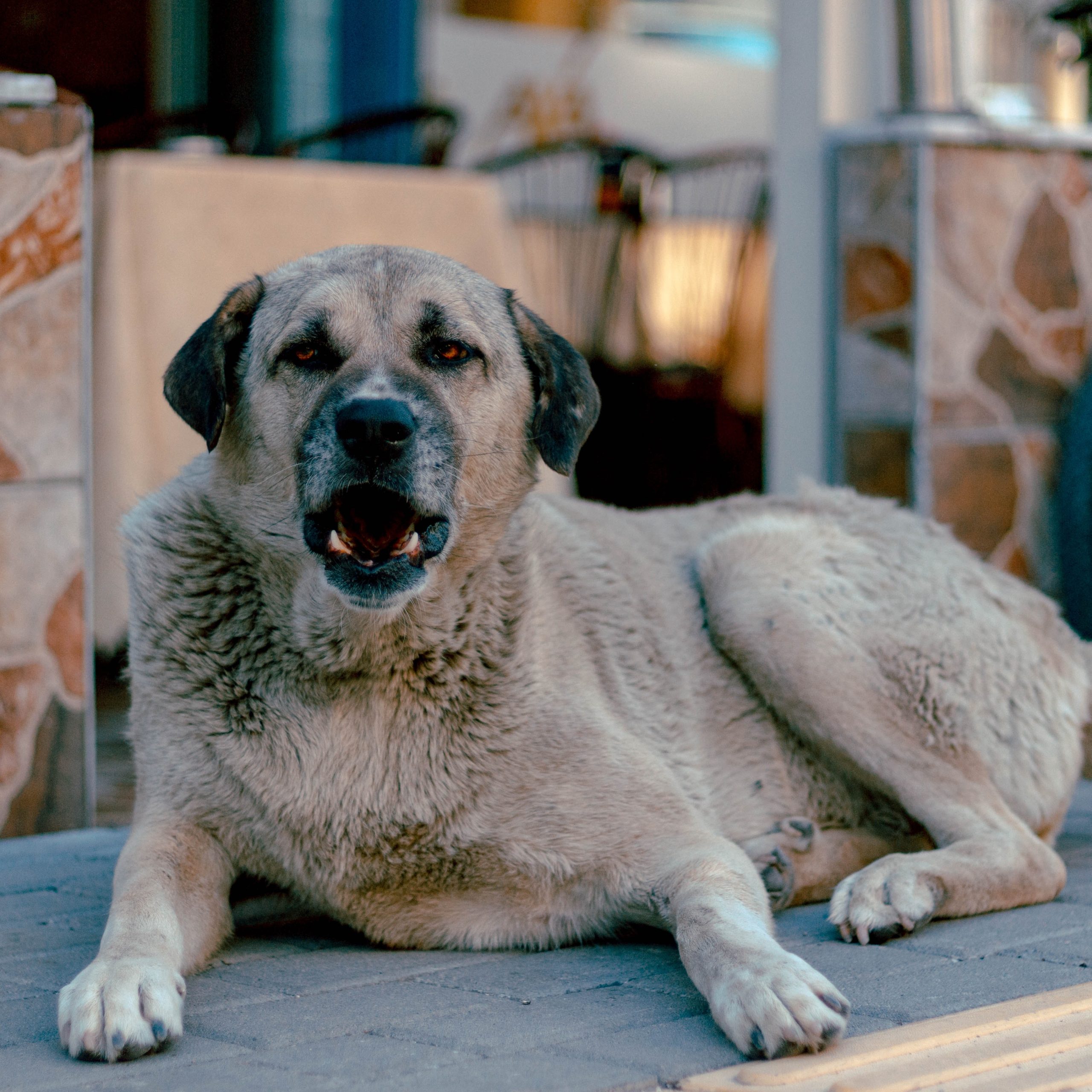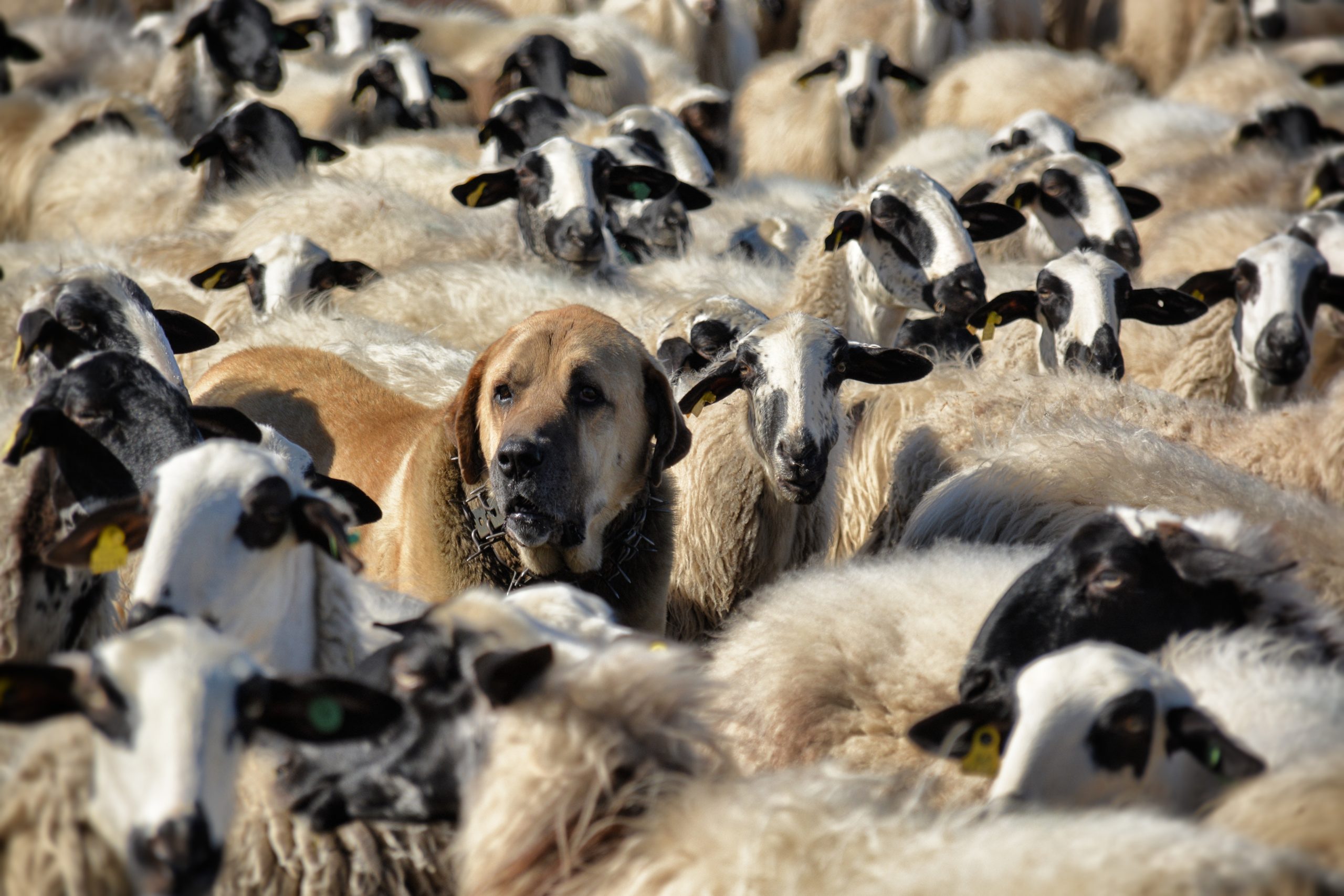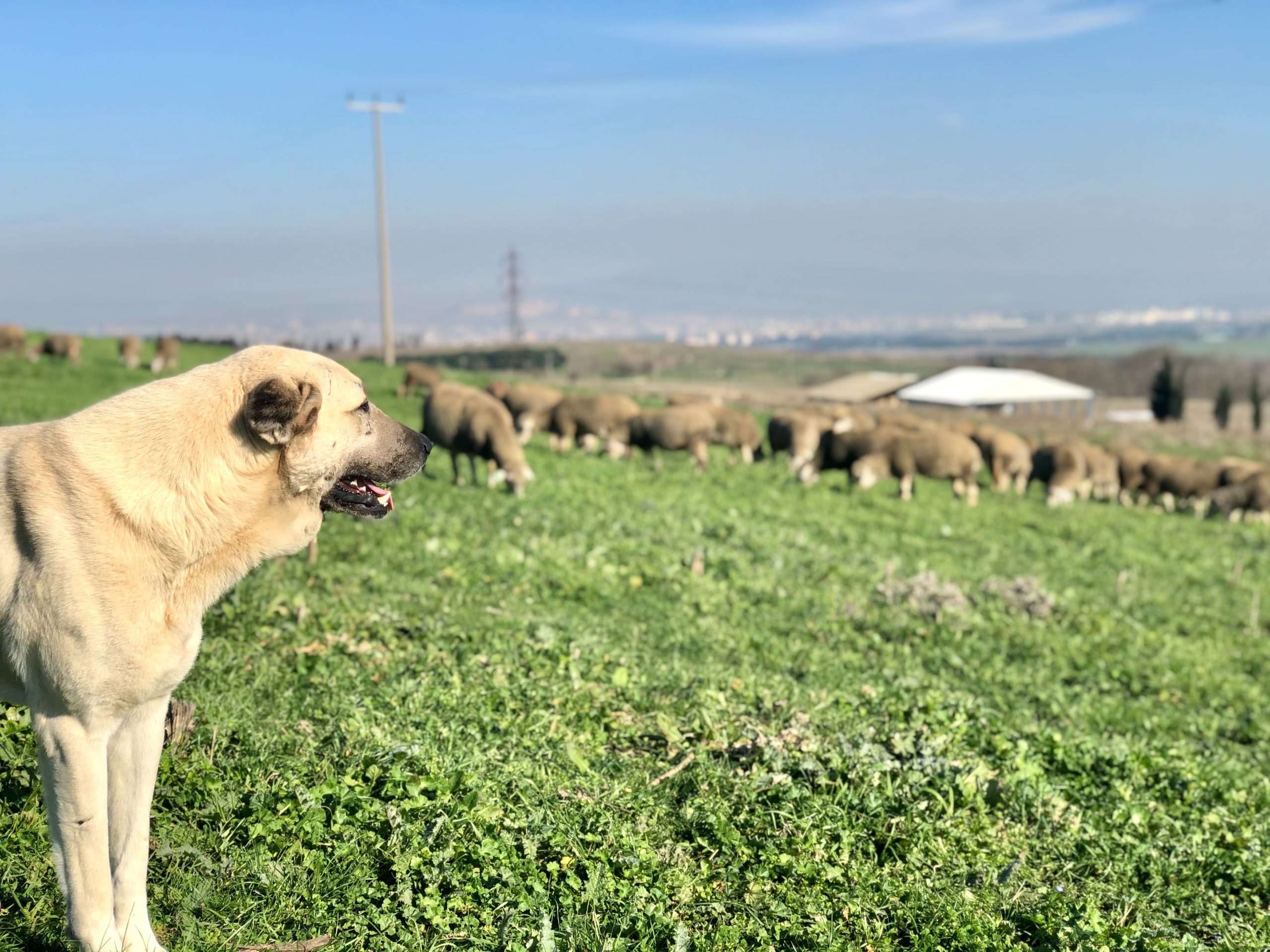An Anatolian Shepherd Dog is a hardy, commanding flock protector with a long history. These powerful avengers are revered as working guard dogs without comparison since they are protective and territorial but also clever, patient, and profoundly devoted. The Anatolian Shepherd Dog can weigh up to 150 pounds and stands between 27 and 29 inches tall at the shoulder. Anatolians are more than capable of surviving the predators and challenging terrain of their native region despite being well-muscled and agile on foot. Some of the earliest known domestic dog bloodlines are the ancestors of Anatolians. Because of this, the breed has a timeless character that transports us back 6,000 years to the Bronze Age. Anatolians are perceptive, committed, quick to respond, and flexible. They will defend their flock, including their cattle, kids, small canines, and even the family. Anatolian owners must be strong leaders, willing and able to handle a dog as dominating and demanding as he is calm and loving.
Anatolian Shepherd Dog
Average sizes and life
expectancy of the breed.
Height
29 inches (male)
27 inches (female)
Weight
110-150 pounds (male)
80-120 pounds (female)
Life Expectancy
11-13 years
Breed Traits & Characteristics
About the Breed

Owning a dog is not just a privilege; it’s a responsibility. They depend on us for, at minimum, food and shelter, and deserve much more. When you take a dog into your life, you need to understand the commitment that dog ownership entails.
 Health
Health
Recommended Health Tests From the National Breed Club:
- Hip Evaluation
- Elbow Evaluation
 Grooming
Grooming
 Exercise
Exercise
 Training
Training
An Anatolian puppy needs to be socialized because the breed has the propensity to be apprehensive of strangers and naturally protective. With the breed, obedience training is essential. The Anatolian breed can be difficult to train because they were trained to be independent workers who made their own judgments and guarded their flock from intruders. An Anatolian should never be trained as a guard dog or protection dog.
 Nutrition
Nutrition
The Anatolian Shepherd Dog should do well on high-quality dog food, whether commercially manufactured or home-prepared with your veterinarian's supervision and approval. Any diet should be appropriate to the dog's age (puppy, adult, or senior). The Anatolian does not tend to overeat. Treats can be an important aid in training, but giving too many can cause obesity. Learn about which human foods are safe for dogs, and which are not. Check with your vet if you have any concerns about your dog's weight or diet. Clean, fresh water should be available at all times.
History
Turkey’s Asian region is made up of a peninsula called Anatolia, often known as Asia Minor. The Coban Kopegi (“shepherd’s dog”), the ancestor of the modern Anatolian Shepherd, was produced by sheep and goat herders at this nascent crossroads of civilization.
Anatolia’s middle portion is a high plateau with limitless plains and undulating hills. The winters are snowy and extremely cold, and the summers are brutally dry and hot. The Anatolian Shepherd developed his enduring reputation as the top flock guardian in this tough, forgiving crucible.
The ancestors of the species are documented by ancient relics from the time of the Babylonian Empire. Large dogs of the recognized Anatolian Shepherd type are shown in Assyrian bas-relief carvings from 2000 B.C. that are kept in the British Museum. The early texts of the Bible make reference to shepherds and their dogs, which were probably some regional variant of the Anatolian.
The Department of Agriculture imported a breeding pair from Turkey to take part in the top-secret “Sheepdog Project,” which sought to identify the breeds that would be most effective at working on American sheep pastures. This is when the breed’s history in America began. The initiative was abandoned when war broke out, and the Anatolians and their descendants were scattered.
After World War II, American ranchers started importing Anatolians, but it wasn’t until the 1970s that the breed really took off here. Lieutenant Robert Ballard of the United States Navy, who purchased a pair of Anatolians while stationed in Turkey, is credited with successfully introducing the breed in America. In 1970, he transported them to the United States and bred his first litter, giving American breeders the foundation stock they needed.
The adoption of the Endangered Species Act happened at the same time as this new breeding effort. The new regulation mandated that ranchers manage the wolf population without actually killing any of them. Anatolian Shepherds were the ideal candidates for the position since they prefer to terrify predators than fight them. Today, many Anatolian Shepherds are still employed as ranch dogs, guarding everything against sheep and goats to cattle.





